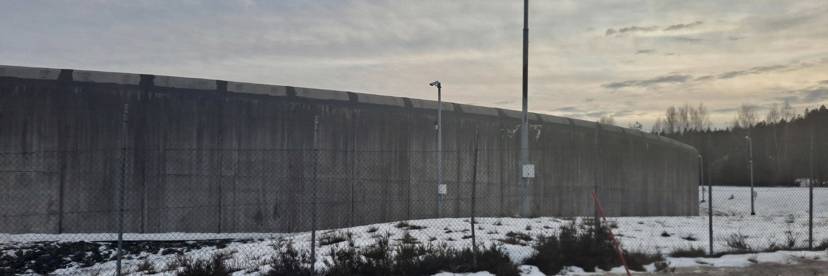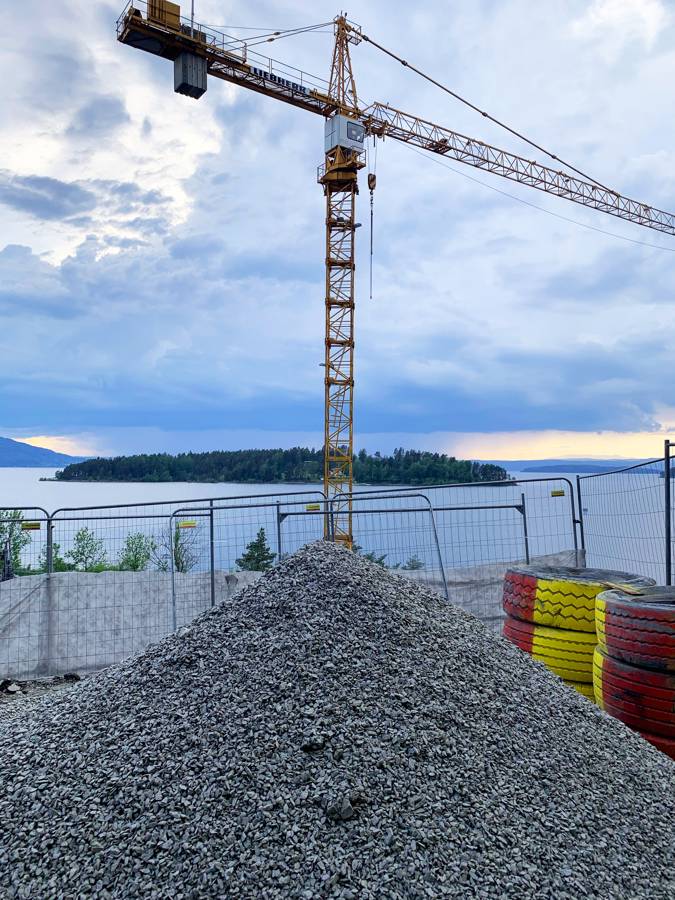Commemorating the terrorist attack July 22, 2011: a memorial map from below
Posted Monday, 21 Jul 2025 by Kristin Bergtora Sandvik & Maja Vestad

It is summer – the nights are long, the sun shines, and the flowers bloom, even in the frozen Arctic. Amid all of this beauty, darkness also falls. Every year since 2011, from the middle of July, survivors, the bereaved, and the rest of the country prepare for yet another commemoration of the July 22 terror attack.
This date is etched in Norwegian history as a tragic day of devastating loss. However, how the event is remembered evolves and changes over time and is shaped by other events that have occurred since: the continuous litigation initiated by the perpetrator has shifted how we think about legal accountability and punishment. Later terror attacks in Norway and abroad (such as the Christchurch mosque shootings in 2019, and the attack on Oslo Pride in 2022) weave 22 July into a global narrative of terrorist atrocity. How do we continue to remember events that impact the collective while also recognizing the deeply personal and individual forms of trauma and grief?
For societies to move on after an atrocity, to achieve transitional justice and build peace, being able to remember is vital. The public conversation about 22 July commemorations often focuses on the establishment, funding, and maintenance of official memorials. These sites, objects, and places are meant to endure and support the collective memory of the attack, symbolizing values that we have liked to think of as national: peace, solidarity, love, and democracy. Importantly, 22 July is not remembered through official initiatives only.
As part of the RIPPLES project, which investigates the legal and administrative ripple effects of the attack, we have encountered a large number of non-official memorials and commemorative practices. In a recent article, "Et mikrominnekart etter 22. juli", we suggest that together, this collection of micro-memorials constitutes a national memorial map from below. In this blog post, we draw on our article to commemorate the 14 years that have passed since 22 July, 2011.
A different memorial landscape
As seen from below, the Norwegian memorial map for July 22 is made up of a fluctuating range of objects, events, practices, spaces, art, and histories created by individuals, groups, and communities. This map represents and reflects a national landscape of grief extending from Østfold, Rogaland, and Agder in the South to Finnmark in the Arctic North. These micro-memorials are personal, representing relationships between those who remember and those who were killed, and the values, ideas, and projects they cherished. They can be found on bodies, such as tattoos and clothing. In the immediate aftermath of July 22, graduation overalls (russedresser) became canvases for some who wanted to honor lost friends. Many also acquired tattoos. Through these tattoos, by making their body living memorials that continually age and change, individuals help keep the memory of July alive: as memorial devices to be brought out on the occasion that those who own it want to a start conversation about 22 July with others.
These micro-memorials may be impermanent and semi-permanent. Some existed only briefly and have become almost forgotten, such as songs and poems. Infrastructural memorials, such as sports halls and rescue boats named after the dead, are intended to be permanent, and the memory is maintained and renewed through active, everyday use. Commemorative stipends, scholarships, and awards connect memorial work to education and political activism.
The number of books, films, podcasts, and theater performances dealing with July 22 continues to grow annually. Many of these works of art are created by those affected and explore grief, longing, and the struggle to move forward.
There are also examples where activities—such as swimming lessons—are memorials in themselves and where participation is an act of remembrance.
July 22 was a global event, affecting children, youth, and families from many countries. Outside of Norway, there are wells, trees, benches, plaques, and educational programs dedicated to the victims of July 22. Online, shifting with the social media landscape, there are digital memorial pages. These illustrate that the memory of July 22—and the loss and sorrow surrounding this event—continue to transcend national borders.
The everyday after July 22
A lifetime has passed since July 22, 2011. Babies born that summer are now teenagers. For most children, teenagers, and adults, July 22 is an integral part of contemporary Norwegian history, but a historical event, nonetheless. Yet for some, July 22, 2011, feels like it was just yesterday—and will always feel that way. Among us, we live with and wrestle with these differences and we will continue to do so for decades to come.
While national memorial efforts may be contested, bureaucratized, expensive, and seem distant, micro-memorials serve a vital role as time passes and our distance to the events grows. While transient, small, inexpensive, and local, micro-memorials are also strangely resilient emblems of hope, of aspirations for peace and healing. This is because they exist in our homes and hearts, in our parks and streets. As we commemorate the 14 years that have passed since July 22, 2011, we also share and recreate this map from below.
Kristin Bergtora Sandvik is a Research Professor at PRIO and and Professor of Criminology and Sociology of Law at the University of Oslo
Maja Vestad is a Doctoral Research Fellow at the Department of Criminology and Sociology of Law, University of Oslo
A version of this text was published in Norwegian by Dagsavisen 21 July 2025.










